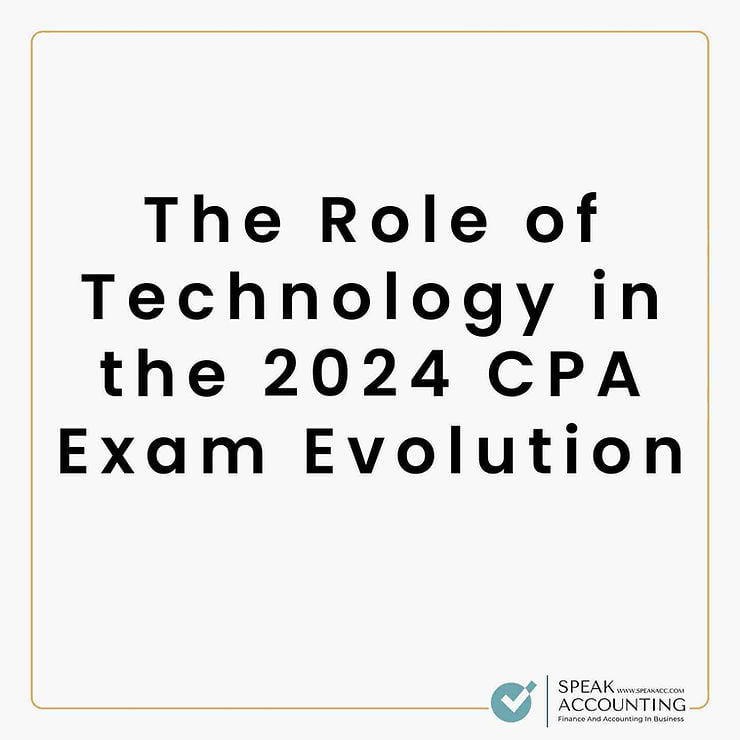Introduction
Welcome to a comprehensive exploration of the CPA exam’s format and structure. Whether you’re an aspiring Certified Public Accountant or simply curious about the ins and outs of this crucial examination, we’re here to provide you with a detailed roadmap. Let’s dive into the core of what makes the CPA exam a defining milestone in the world of accounting.
Overview of the CPA Exam
Before we embark on the intricacies of the CPA exam format, let’s grasp its profound significance in the accounting profession. The Certified Public Accountant designation is not just a credential; it’s a key that unlocks doors to diverse career opportunities, from auditing to financial analysis. As a coveted badge of excellence, it signifies your dedication to the highest standards of accounting practice.
CPA Exam Sections
The CPA exam is a multifaceted challenge, comprising four distinct sections. Each section is a unique window into the world of accounting expertise, demanding specialized knowledge and skills. Here’s a brief overview of these sections:
- Auditing and Attestation (AUD): This section delves into auditing procedures, attestation engagements, and ethics. It tests your ability to evaluate evidence and make informed judgments.
- Business Environment and Concepts (BEC): BEC explores business concepts, economics, finance, and information technology. It assesses your grasp of the broader business landscape.
- Financial Accounting and Reporting (FAR): FAR focuses on financial accounting standards, reporting, and transactions. It’s a deep dive into the heart of financial statements.
- Regulation (REG): REG covers taxation, business law, and ethics. This section tests your knowledge of the legal and regulatory framework in which businesses operate.
Format of Each Section
Now, let’s dissect the format of each section. Understanding this is like decoding the blueprint of your CPA exam journey:
- AUD, BEC, and FAR consist of 66 multiple-choice questions, while REG features 76.
- All sections contain task-based simulations that simulate real-world scenarios, testing your problem-solving abilities.
- Additionally, BEC has three written communication tasks, requiring you to express complex ideas clearly and concisely.
Duration of the Exam
Time is of the essence in the CPA exam. The total duration varies by section, ranging from 3 to 4 hours. Here’s a breakdown:
- AUD, BEC, and FAR allow 4 hours each.
- REG extends to 4 hours and 30 minutes.
Candidates are granted optional breaks between testlets to recharge their minds and focus. Utilize these wisely; they can make a significant difference in your performance.
CPA Question Types
The CPA exam is a blend of diverse question types, designed to evaluate various aspects of your accounting prowess:
- Multiple-Choice Questions (MCQs): These assess your foundational knowledge and understanding of core concepts.
Example: “Which accounting method is primarily used for recognizing revenue over time?” - Task-Based Simulations (TBS): TBS challenge you with real-world scenarios, requiring you to apply your accounting knowledge to solve complex problems.
Scenario: “Analyze the financial statements of Company X and identify any irregularities.” - Written Communication Tasks (WC): Exclusive to BEC, WC tasks evaluate your ability to convey complex information effectively.
Task: “Draft a memo to the board of directors explaining the financial implications of the proposed merger.”
Scoring and Passing Criteria
As you navigate through the CPA exam, understanding the scoring process is pivotal. The exam is scored on a scale of 0 to 99, with a passing score of 75. It’s crucial to grasp that the CPA exam is not graded on a curve, so achieving a 75 means you’ve met the predetermined performance standards.
Test Centers and Scheduling
The CPA exam journey begins by selecting a Prometric test center near you. These centers offer a controlled and secure environment for your exam. Scheduling your exam is a crucial step, as availability can vary. Plan ahead to secure your preferred test date and time.
Special Accommodations
Candidates with disabilities are entitled to request special accommodations for the exam. This ensures that the CPA exam remains accessible to all aspiring accountants. The process for requesting accommodations is well-defined, allowing everyone an equal opportunity to excel.
CPA Exam Blueprints
The CPA Exam Blueprints are your guiding stars. These documents outline the content and skills tested in each section, serving as a roadmap for your preparation. Access the official Blueprints to ensure you’re aligning your study plan with the exam’s expectations.
Test Day Procedures
As your exam day approaches, knowing what to expect is invaluable. From check-in procedures to exam rules and security measures, it’s vital to be prepared for a smooth test day experience. Arrive early, bring the required identification, and familiarize yourself with the test center’s policies.
Preparing for the Exam Format
To conquer the CPA exam, you need more than just textbook knowledge. Focus your preparation on the exam’s format and question types. Practice multiple-choice questions, tackle simulations, and refine your written communication skills. Time management is your ally; master it.
Conclusion
In this journey through the CPA exam’s format and structure, we’ve unveiled the blueprint for your success. It’s not just about what you know; it’s about how you apply that knowledge under pressure. Embrace the challenge, stay dedicated, and remember that understanding the format is your first step toward triumph. Best of luck on your CPA exam journey!




